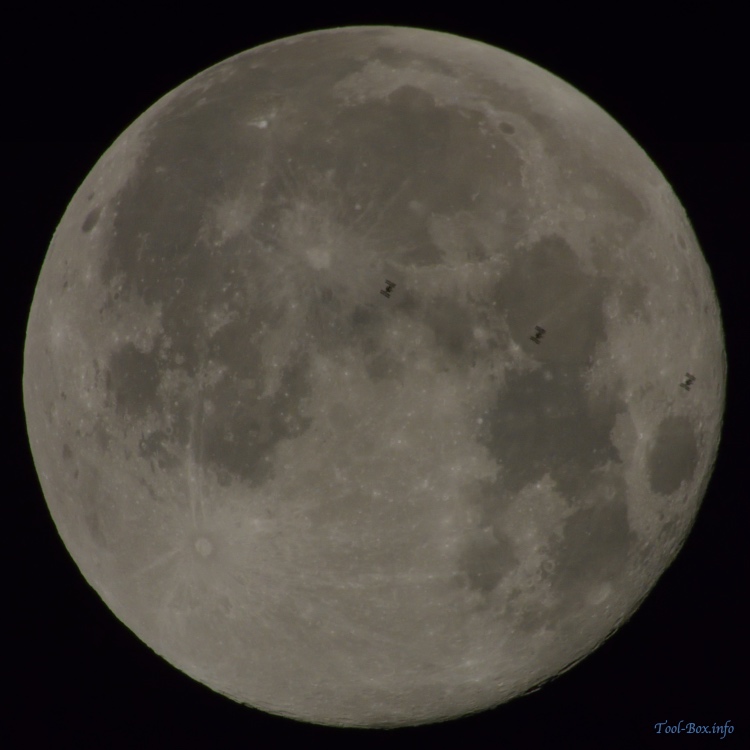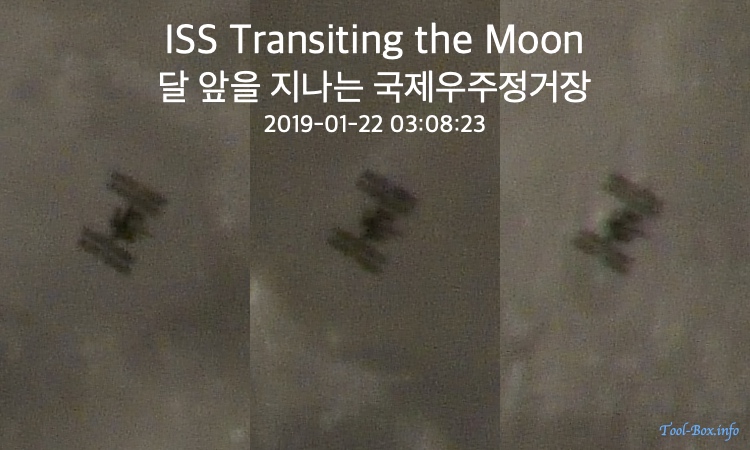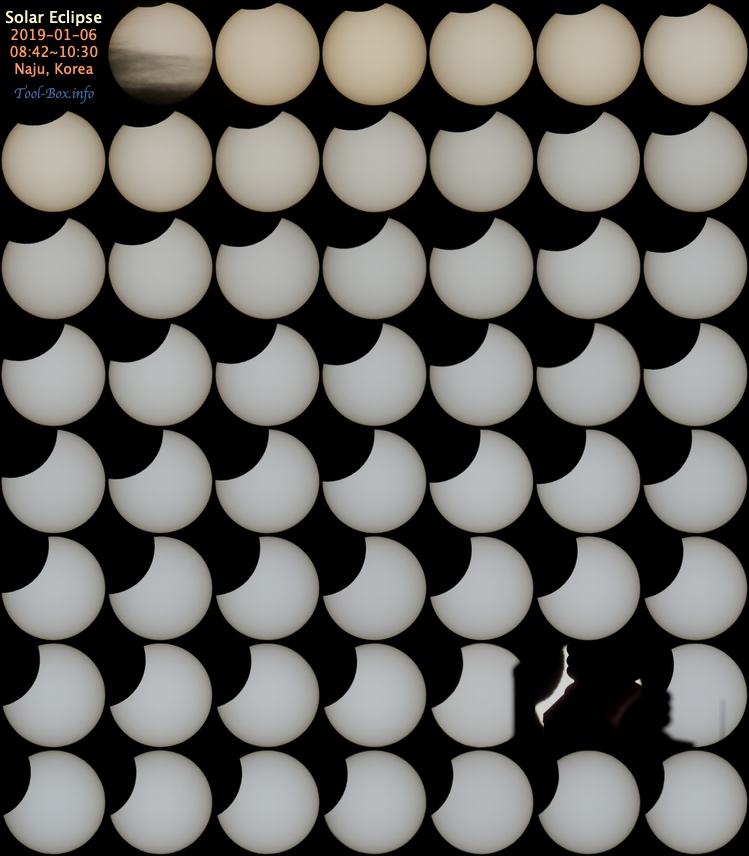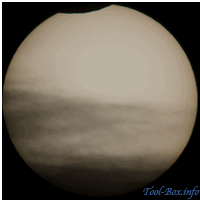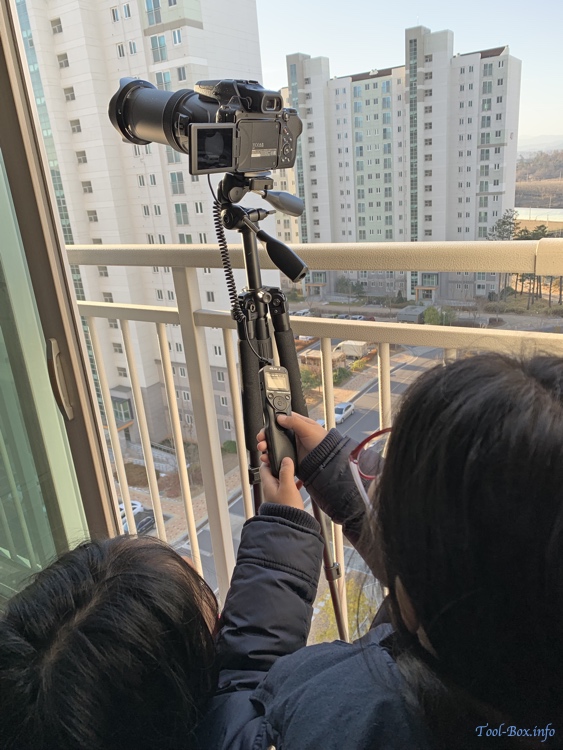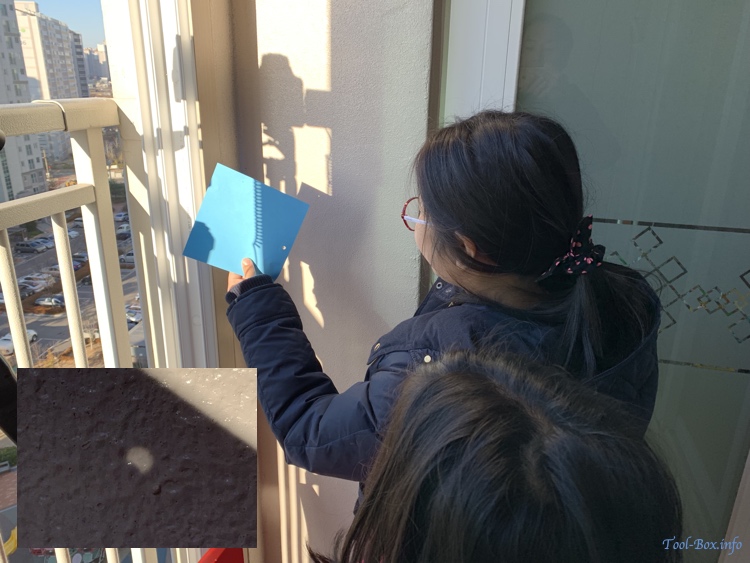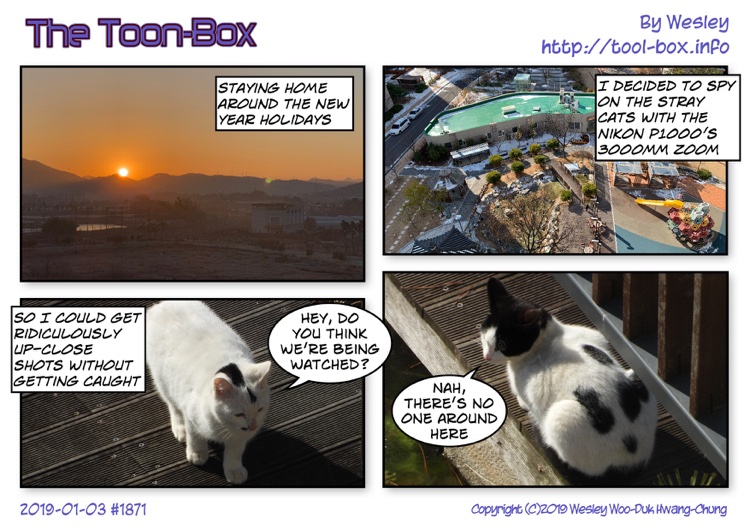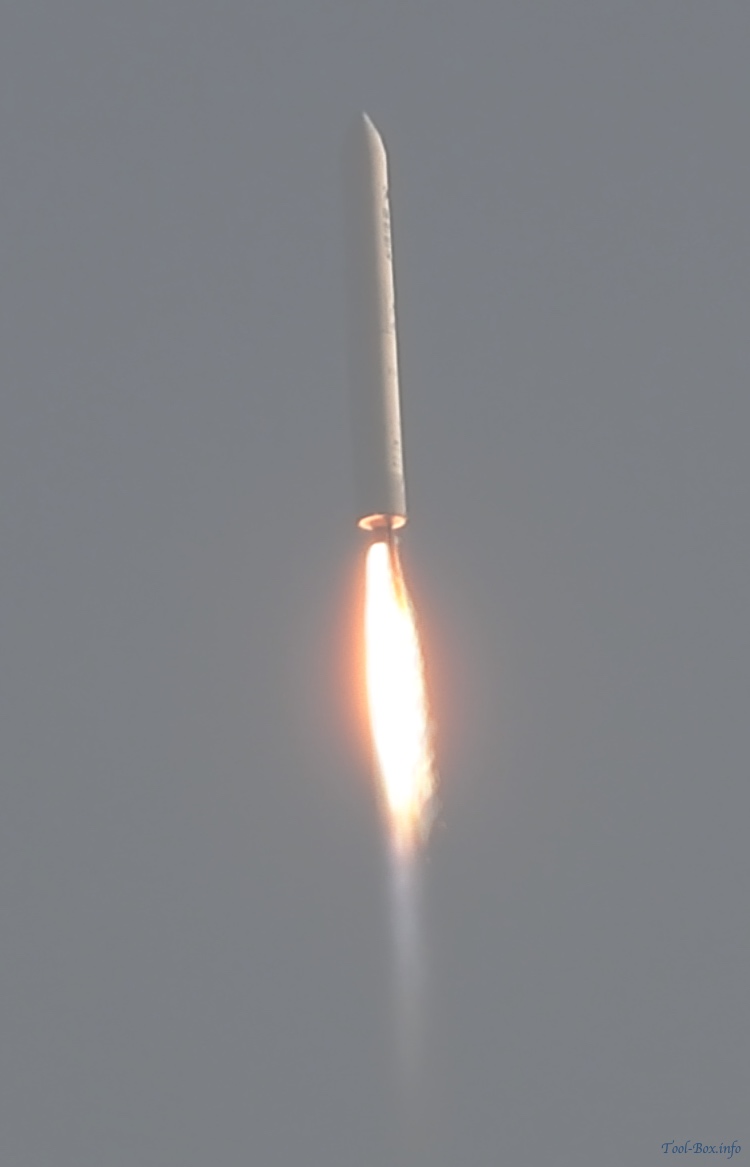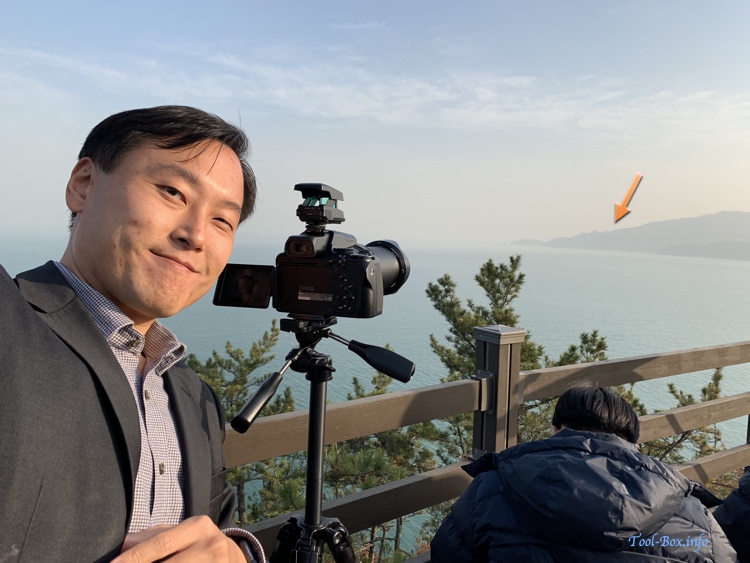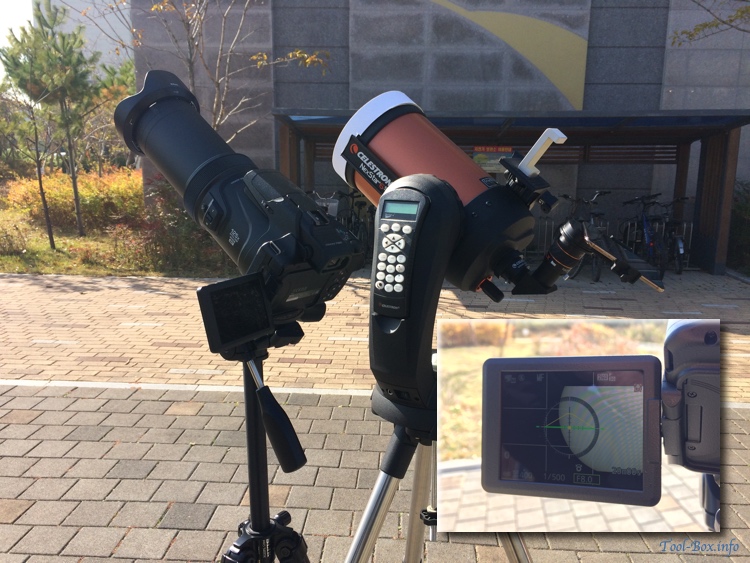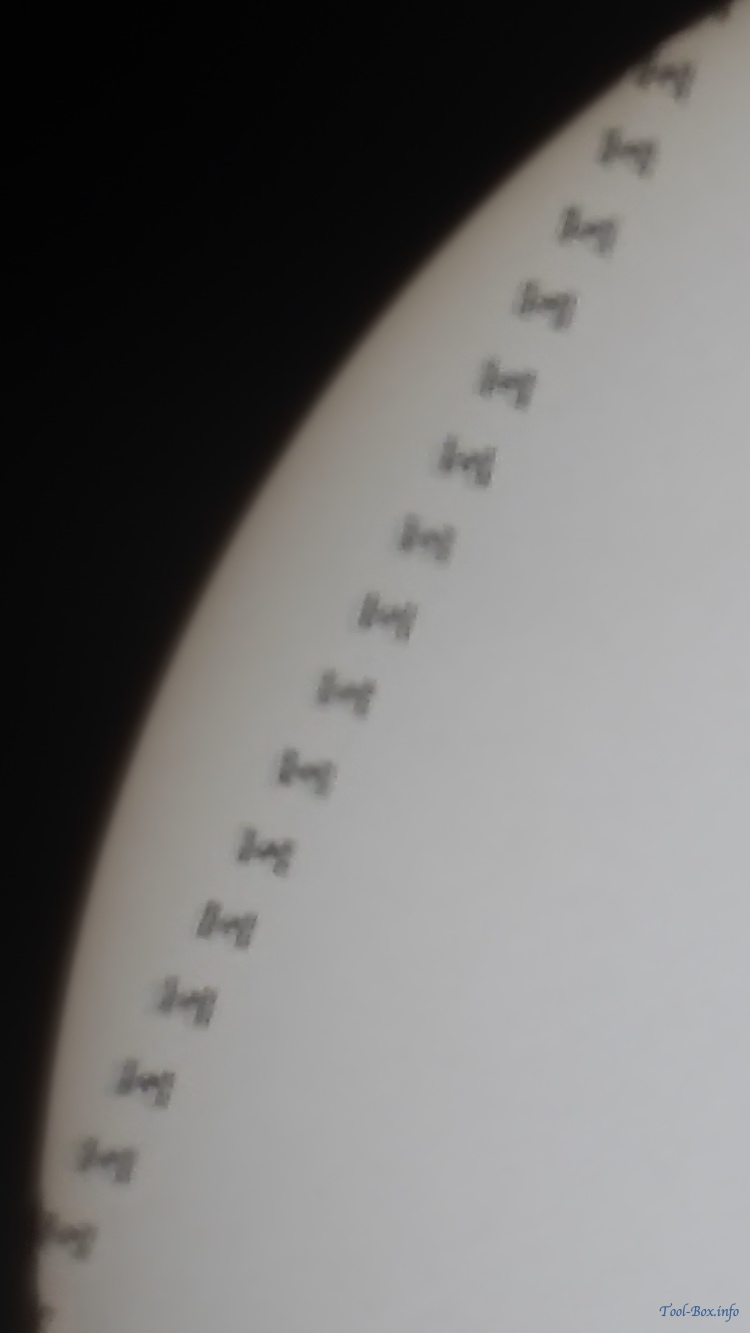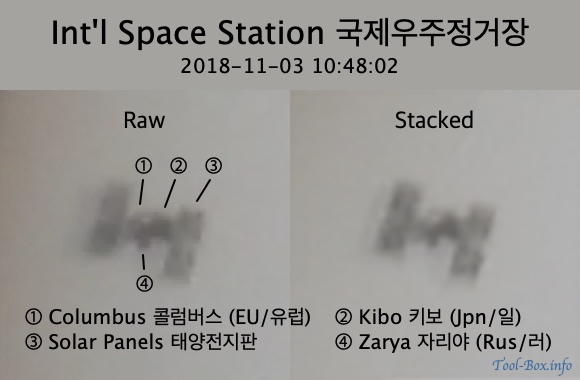Nikon P1000 catches the ISS transiting the Moon
Posted by Wesley onOrbital prediction indicated that the ISS would be seen passing in front of the Full Moon at a place about 20km away from home. Thanks to the Moon being at an altitude of more than 60 degrees, the space station was to pass close to the observer with an angular size of nearly one degree (58.7"). It seemed be a good opportunity for using the 7-frame full resolution burst mode of the Nikon P1000 camera, so I drove to the observation spot despite the cold weather (-4°C) and inconvenient time (3 AM).
There was about one second of difference in the transit time prediction between different tools, and the burst mode could only take the seven photos in a span of a single second. So I took a guess as to when to press the shutter button and hoped for the best. Luckily, I did manage to catch three frames out of it, as you can see here. The results were sharp and large enough to make out the individual solar panels and modules, proving the capabilities of the P1000's telephoto optics.
Device: Nikon P1000
Settings: 3000mm - ISO 200 - 1/1600s - f/8
Filters: None
Time: 2019-01-22 03:08:23 KST
Location: Yeongam, Korea
